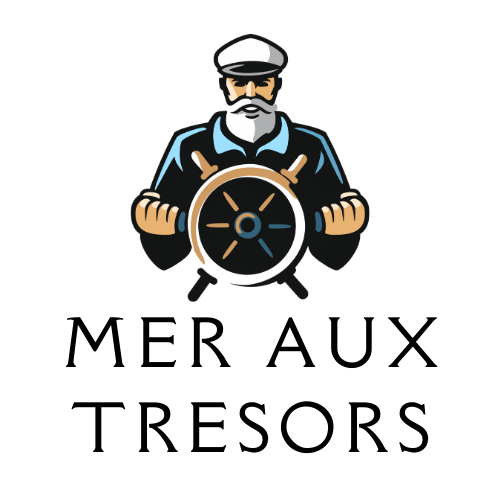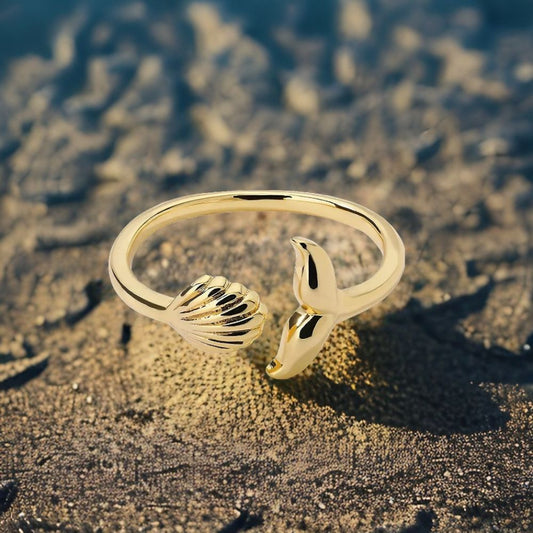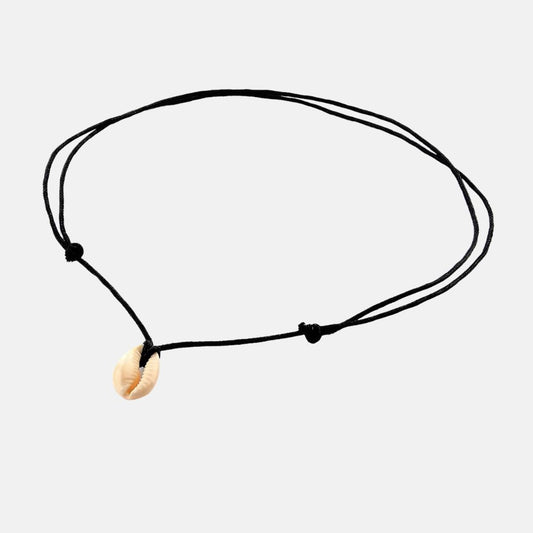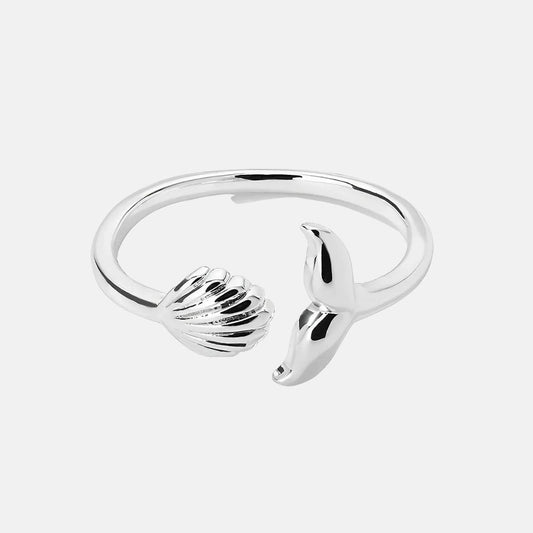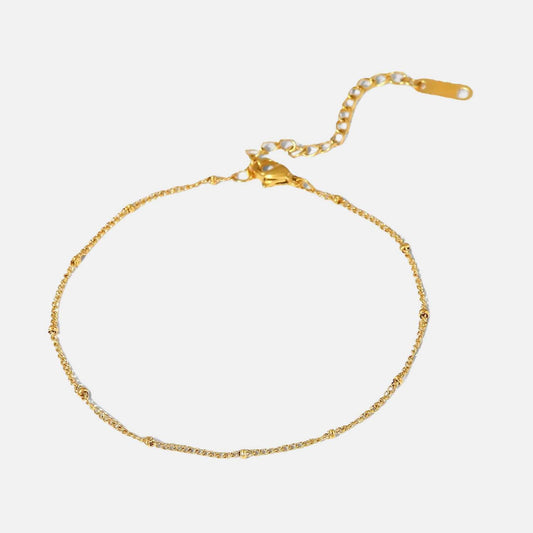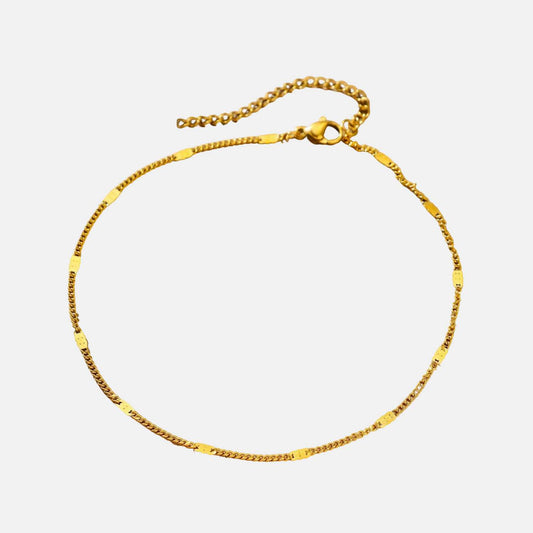
Everything you need to know about cowrie
The cowrie or cowrie is the common name for a group of small to large sea snails , marine gastropod molluscs of the family Cypraeidae, the cowries.
The term porcelain derives from the old Italian term for cowrie shell (porcellana) due to their similar appearance. The shells of certain species have historically been used as currency in several parts of the world, as well as used, in the past and present, very extensively in jewelry and for other decorative and ceremonial purposes.
Cowrie shells – sea shells used as currency and decorative objects
The cowrie is a shell very common in the Indian Ocean and widely used as shell currency throughout the world. This shell was mainly collected from the Maldives Islands, along the Indian coast, from Malabar, Sri Lanka, Borneo, various islands of Eastern India, Maluku in the Pacific and along the African coast, going from Ras Hafun to Mozambique.
Cowrie currency played an important role in the trade networks of Africa, South Asia, and East Asia. Cowrie shells were used to conduct small and large-scale commercial transactions, including the exchange of goods such as spices, textiles, and slaves.
The role of cowrie shells in global trade
Due to its high value in trade, the cowrie shell has become a universal currency in many parts of the world, and has even been used as official currency in some ancient societies. Even today, cowrie shells are collected and used for jewelry and decorative items , as well as for spiritual practices in some cultures.
Cowrie species habitats and their associated common names
In the United States and Mexico, cowrie species inhabit waters from central California to Baja California. The chestnut cowrie is the only species of cowrie native to the eastern Pacific Ocean off the coast of the United States.
Further south, off the coast of Mexico , Central America and Peru, is the habitat of the cowrie deer; and further into the Pacific , from Central America, one can reach the habitat range of the silver cowrie, as well as the waters south of the southeastern United States.
There are species in the family Ovulidae that are sometimes called cowrie shells, as are some local species of Trivia (family Triviidae, such as the species Trivia monacha and Trivia arctica) in the British Isles. These two families are part of the Cypraeoidea , which is the superfamily bringing together cowrie shells and their close relatives.

Etymology
The word cowrie comes from the Kiswahili Kauri (which means ceramic/porcelain), from Hindi (kaudi), from Tamil ("kavadi"), which has its origin in Sanskrit.
Description of shells
The shell of cowries is generally smooth and shiny and more or less ovoid. The round side of the shell is called the dorsal side, while the flat underside is called the ventral side, which has a long, narrow slit-like opening (aperture), often toothed at the edges.
The narrower end of the egg -shaped cowrie is the anterior end, and the wider end is the posterior end. The shell arrow is not visible in the adult shell of most species, but it is visible in juveniles, which have a different shape than adults.
For all enthusiasts, discover our collection of shells 🐚
Almost all cowries have a porcelain- like sheen , with a few exceptions, such as the Hawaiian granulated cowrie, Nucleolaria granulata. Many have colorful designs. The length varies from 5 mm for some species to 19 cm for the Atlantic cowrie, Macrocypraea cervus.
Human use
Monetary use
Cowrie shells, particularly Monetaria moneta, have been used for centuries as currency by indigenous Africans . In his book Marriage and Morals, Bertrand Russell attributes the use of cowrie shells as currency in ancient Egypt to the similarity between the shape of the shell and that of female genitalia.
However, after the 1500s, the use of seashell as currency became even more common. Western nations, primarily through the slave trade, introduced huge quantities of Maldivian cowrie shells to Africa.
The Ghanaian cedi was named after cowry shells. More than three thousand years ago, cowrie shells, or copies of cowrie shells, were used as Chinese currency and as a medium of exchange in India.
To be stylish on the beach, nothing like one of our shell bracelets 🐚
The classic Chinese character for money (貝) originates from the stylized design of a Maldivian cowrie shell. Words and characters relating to money, property or wealth usually have this stem. Before the Spring and Autumn period, the cowrie shell was used as a type of trade token granting access to a feudal lord's resources to a worthy vassal.
Ritual use
The sacred Miigis shells
The Ojibwe , an Aboriginal people of North America, use cowrie shells, called sacred Miigis shells or white shells, during Midewiwin ceremonies. Whiteshell Provincial Park in Manitoba (Canada) is named after this type of shell.
Cowrie shells: symbol of passage of the soul in India
One wonders how the Ojibways were able to obtain or find these shells, so far inland and so far north, very far from their natural habitat. Oral accounts and birch bark scrolls seem to indicate that the shells were found in the ground or washed up on the banks of lakes or rivers.
Finding the cowrie shells so far inland could indicate that they were previously used by a tribe or group in the region, who may have obtained them through an extensive trading network in the distant past .
The cult of the goddess Laxmi in India
In eastern India, particularly in West Bengal, it is given as a symbolic price for the passage of the departed soul on the ferry to cross the " Boitaroni " river. Cowrie shells are used during cremation. Cowrie shells are also used in the worship of Goddess Laxmi.
In Brazil , following the Atlantic slave trade from Africa, cowrie shells (called búzios ) are used to consult the Orixás deities and hear their responses. Cowrie shells were among the devices used for divination by the Kaniyar Panicker astrologers of Kerala, India. In parts of Africa, cowrie shells were prized amulets, and were said to be associated with fertility, sexual pleasure, and good luck.
Jewelry
Cowrie shells are worn as jewelry or used as ornaments or charms . In Mende culture, the cowrie shell is considered a symbol of femininity, fertility, birth and wealth. Its underside is supposed, according to a modern ethnographic author, to represent a vulva or an eye.
In the Fiji Islands , a shell of the golden cowrie or bulikula, Cypraea aurantium, was pierced at the ends and worn around the neck by chiefs as a badge of their rank. Tuvalu women use cowrie shells and other shells in their traditional crafts.
Games and betting
Cowrie shells are sometimes used in a similar way to dice, for example in board games like Pachisi, Ashta Chamma or in divination (cf. Ifá and the annual customs of Dahomey of Benin ). A certain number of shells (6 or 7 in Pachisi) are thrown, those that land open upwards, indicating the actual number thrown.
Have you ever thought about wearing a necklace adorned with shells ? 🐚
In Nepal , cowrie shells are used for a game of chance, where 16 pieces of cowrie shell are thrown by four different punters (and under punters under them). This game is usually played at home and in public during the Hindu festival of Tihar or Deepawali. During this same festival, these shells are also worshiped as a symbol of Goddess Lakshmi and wealth.
Unusual uses of cowrie shells in recent history
The seashell known as Cypraea tigris , commonly called the large cowrie shell, was once used in Europe as a handy sewing tool for socks. Indeed, its smooth and rounded surface made it possible to hold the heels of the socks in place, while the needle was easily inserted into the fabric. This sewing technique was commonly used in the past to repair holey or damaged socks .
Additionally, during the 1940s and 1950s, small cowrie shells were used in preschools as a teaching aid to help children learn to count, add, and subtract. Teachers used the shells as manipulatives, placing them in groups of different numbers to help children visualize math concepts in a hands-on and fun way. Today, these techniques are less common in Europe, but they remain an interesting historical curiosity .
Conclusion on the cowrie
In conclusion, the cowrie shell is a shell that has great cultural , historical and economic importance in many parts of the world. Used as currency in certain traditional societies, it is also appreciated for its divinatory properties in divination practices.
However, due to the growing demand for cowrie shells in the fashion and decoration industry, as well as overfishing and the destruction of their natural habitat, some cowrie species are under threat. It is therefore important to raise public awareness of the importance of conserving cowrie shells and their habitat .
In short, the cowrie shell is a fascinating cultural and historical symbol that deserves to be studied and preserved. As consumers, we can all do our part to protect these shellfish by choosing sustainable fashion and home decor products and supporting responsible fishing practices.
